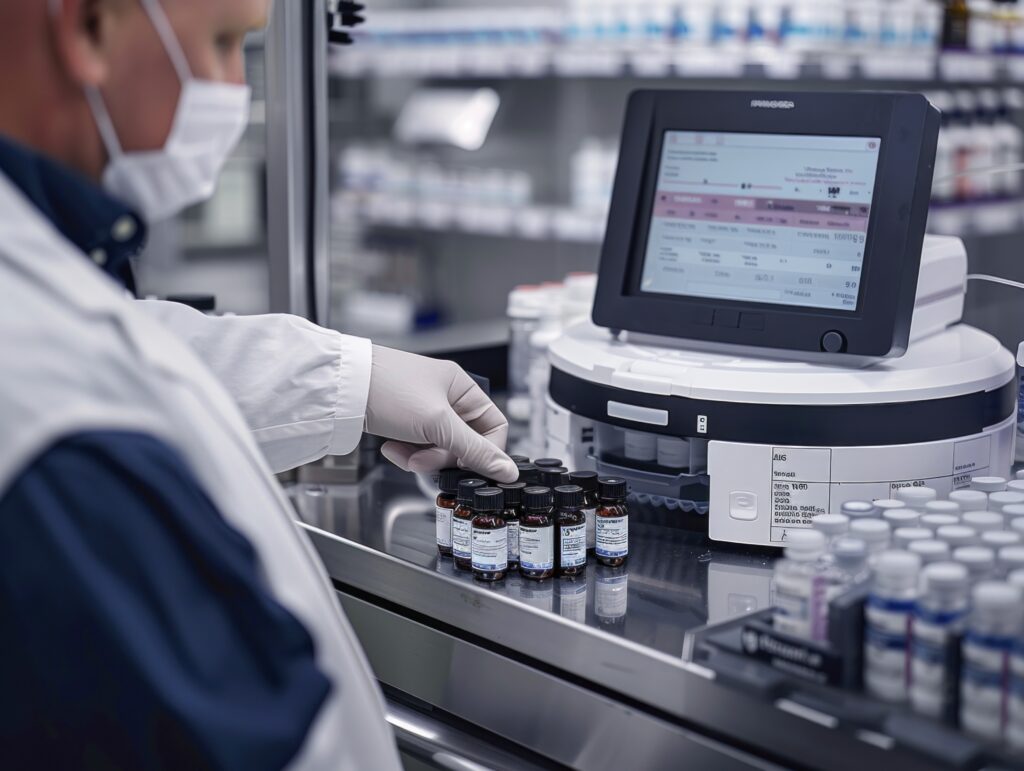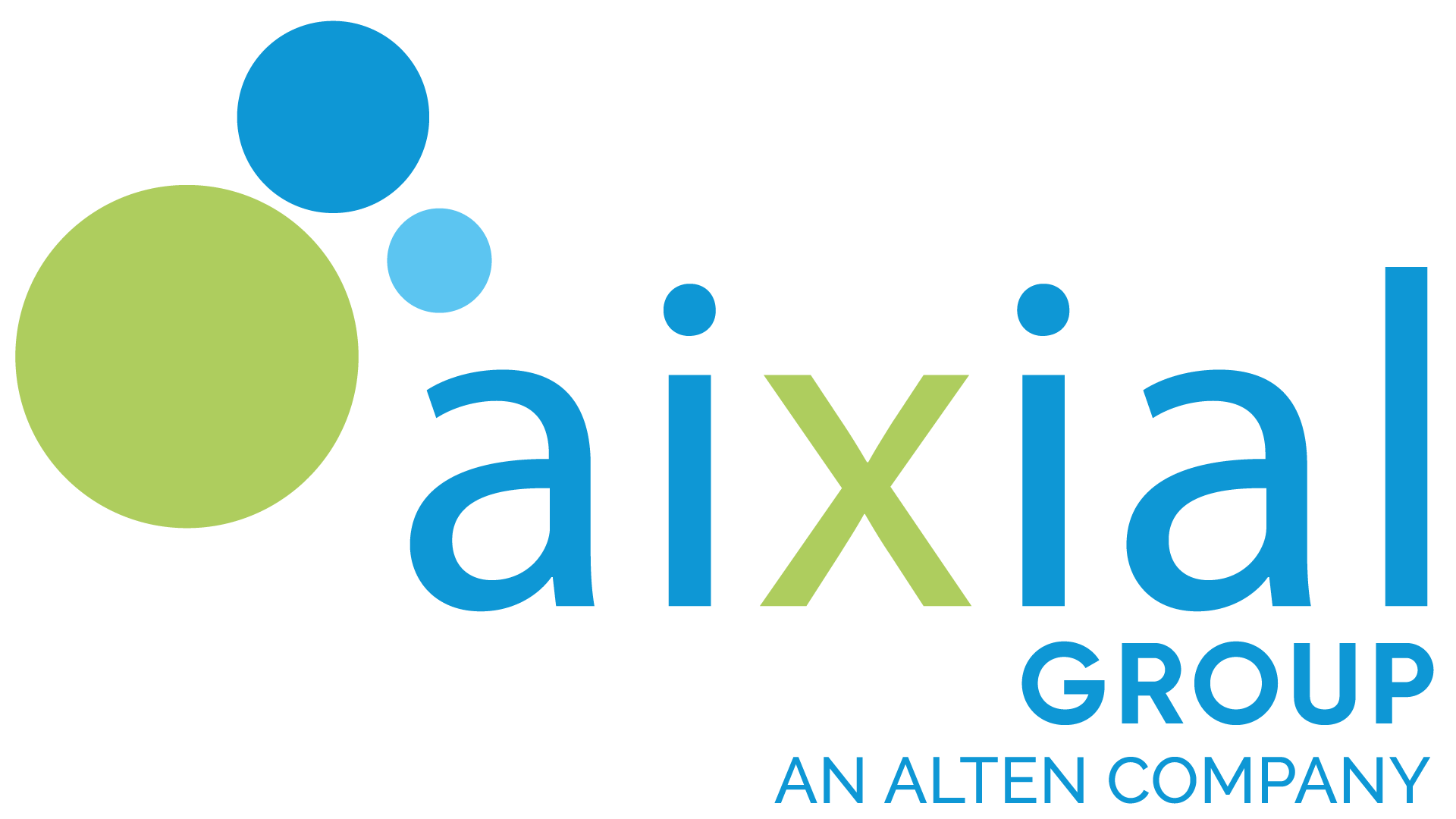Aggregate Safety Reporting: Purpose, Best Practices, and Our Approach

In the evolving landscape of clinical development and post-marketing surveillance, aggregate safety reports are critical tools for monitoring and communicating the safety profile of investigational and marketed products. These reports — including Development Safety Update Reports (DSURs), Periodic Safety Update Reports (PSURs)/ Periodic Benefit-Risk Evaluation Reports (PBRERs), and Periodic Adverse Drug Experience Reports (PADERs) — provide regulatory authorities with a comprehensive overview of emerging safety data and benefit-risk considerations.
Understand what the purpose of aggregate safety reporting is and how Aixial Group can help you navigate the complexities of DSURs, PSURs, PADERs, and other safety reports.
Date: 13 October 2025 | Ref: ART010
What Is Aggregate Safety Reporting?
Aggregate reports bring together global safety data on a medicine, helping to understand how safe it is and to weigh its benefits against its risks. Aggregate safety reports serve multiple essential functions:
- Regulatory compliance: Ensuring adherence to ICH, FDA, EMA, etc. guidance.
- Signal detection: Enabling early identification of emerging safety issues that may impact patient care.
- Decision support: Informing risk mitigation strategies and guiding labelling or protocol updates.
- Transparency: Maintaining clear communication between sponsors, investigators, and regulatory authorities.
While each type of report (DSUR, PSUR/PBRER, PADER) has specific regulatory requirements, the underlying goal is consistent: to provide a thorough, integrated, and actionable assessment of a product’s safety profile.
What Are The Best Practices in Aggregate Report Generation?
Through years of experience, we have identified several key practices that ensure efficiency, quality, and compliance:
- Early Planning and Defined Roles
- Developing a report-specific plan before the data lock point ensures clarity on responsibilities, timelines, deliverables, and data sources.
- Engaging all stakeholders early, including PV, clinical, regulatory, and medical teams, supports smooth coordination and avoids last-minute delays.
- Standardised Processes and Tools
- Templates and structured workflows improve consistency and reduce manual errors.
- Forms such as Document Request Checklists, QC Forms, and Approval Forms help track inputs, verify quality, and document approvals prior to submission.
- Rigorous Quality Control and Review
- Each report undergoes peer review for scientific consistency and accuracy.
- Medical review ensures clinical relevance and completeness of safety information.
- Multiple QC steps verify compliance with global and local regulatory requirements and internal SOPs.
- Timely Submission
- Establishing clear timelines for data collection, review, and approvals ensures reports are submitted in accordance with regulatory expectations.
Case Study: Our Approach to DSUR Management
At Aixial, we take a structured and proactive approach to DSUR generation:
- A formal DSUR Plan is drafted 60 calendar days prior to the Data Lock Point (DLP), defining roles, responsibilities, timelines, deliverables, data restrictions, etc..
- The plan is reviewed and updated with input from all relevant parties, ensuring alignment across functions.
- By 30 calendar days before the DLP, the plan is finalised, enabling focused and coordinated report preparation and submission.
- Collection of source documents is tracked through the Document Request Checklist,
- Peer review is performed and documented using the DSUR QC Form,
- A final DSUR Approval Form is put in place and is completed by all contributors, reviewers, QC’er and Sponsor
This structured methodology minimises risk, improves efficiency, and contributes to the consistency and reliability of DSURs.
Why Aixial Group?
At Aixial, we have strong experience supporting sponsors in the generation of high-quality, timely, and compliant aggregate safety reports across multiple therapeutic areas and regulatory regions. Our structured approach ensures that reports not only meet regulatory expectations but also support proactive safety management and strategic decision-making. Our clients benefit from:
- Scalable expertise: Dedicated teams capable of handling DSURs, PSURs/PBRERs, PADERs, and other periodic reports across multiple regions.
- Regulatory knowledge: Familiarity with ICH, FDA, and EMA expectations.
- Proven experience: Successful management of complex portfolios and global submissions.
- Operational expertise: Streamlined processes, standardised tools, and robust quality review ensure high-quality deliverables.
Aggregate Safety Reports In Summary
Effective aggregate safety reporting is a cornerstone of patient safety, regulatory compliance, and informed decision-making. By combining best practices with a structured, company-specific approach, Aixial ensures that sponsors receive accurate, timely, and actionable safety insights.
Through careful planning, rigorous review, and dedicated expertise, we help clients navigate the complexities of DSURs, PSURs, PADERs, and other safety reports — supporting both compliance and strategic objectives.
